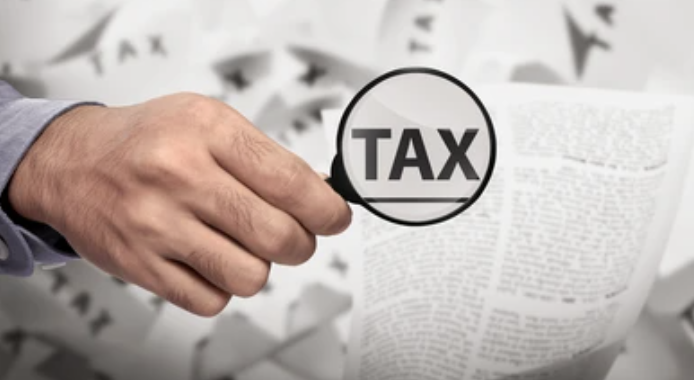Understanding Marriage Tax Allowance: A Complete Guide
Are you curious about the tax benefits of marriage? The marriage tax allowance is a valuable opportunity that many couples overlook. This helpful provision allows married couples and civil partners to transfer a portion of their Personal Allowance to their spouse, potentially saving hundreds of pounds each year on their tax returns.
Understanding how the marriage allowance works can have a significant impact on your taxable income. In this article, we’ll cover the eligibility criteria for the HMRC marriage allowance, how to calculate your potential savings, and the process to apply for a marriage allowance transfer. We’ll also explore the possibility of backdating your claim for a marriage allowance refund and discuss how this benefit might affect other allowances you receive.
Calculating Your Marriage Tax Allowance
To calculate your Marriage Tax Allowance, you need to understand how it works. The allowance lets your spouse or civil partner transfer £1,260 of their Personal Allowance to you. This can reduce your tax by up to £252 every tax year.
You’re spouse or civil partner is eligible if:
- They don’t pay Income Tax or their income is below £12,570
- You pay basic rate Income Tax (income between £12,571 and £50,270)
The maximum tax saving for a couple is £252 for the 2024/25 tax year. The recipient spouse gets a tax reducer of £252, which they can set against their tax liability. If their tax liability is less than £252, they won’t receive a refund for the difference.
To claim, apply online through GOV.UK. Or speak to us and we can help. HMRC will adjust your tax code or self-assessment. Remember, you can backdate your claim up to four years, potentially saving over £1,000.
Backdating Your Claim
You can backdate your marriage tax allowance claim for up to four tax years, potentially saving you over £1,000. This option is available for any tax year since 5 April 2020 when you were eligible for the allowance. To make a backdated claim, the person giving up part of their personal allowance needs to initiate the process. Your tax bill will be reduced based on the Personal Allowance rate for the years you’re backdating. For prior years, HMRC will send a refund cheque to the person receiving the marriage allowance. If you applied through HMRC directly and haven’t received your refund, check your Personal Tax Account or contact HMRC via webchat or phone.
Impact on Other Benefits and Allowances
The marriage tax allowance can have an influence on other benefits and allowances you might be eligible for. If you’re claiming the marriage allowance, you need to be aware of its impact on age-related tax allowances and other benefits. For instance, if you or your partner were born before 6 April 1935, you might be eligible for the Married Couple’s Allowance. This allowance can reduce your tax bill by £427 to £1,108 a year, depending on your income. It’s important to note that you can’t claim both the marriage allowance and the Married Couple’s Allowance simultaneously. Additionally, if you’re making maintenance payments to an ex-spouse or civil partner and were born before 6 April 1935, you might be eligible for Maintenance Payments Relief. This can reduce your tax bill by up to £428 for the 2024/25 tax year.
Conclusion
Whilst many people are aware of this allowance, many aren’t aware that claims can be backdated.
It’s certainly something worth taking advantage of, but before doing so it’s important to understand the impact on other allowances.
If you would like more information or are looking for help to get set up, please get in touch. We’d love to hear from you.





